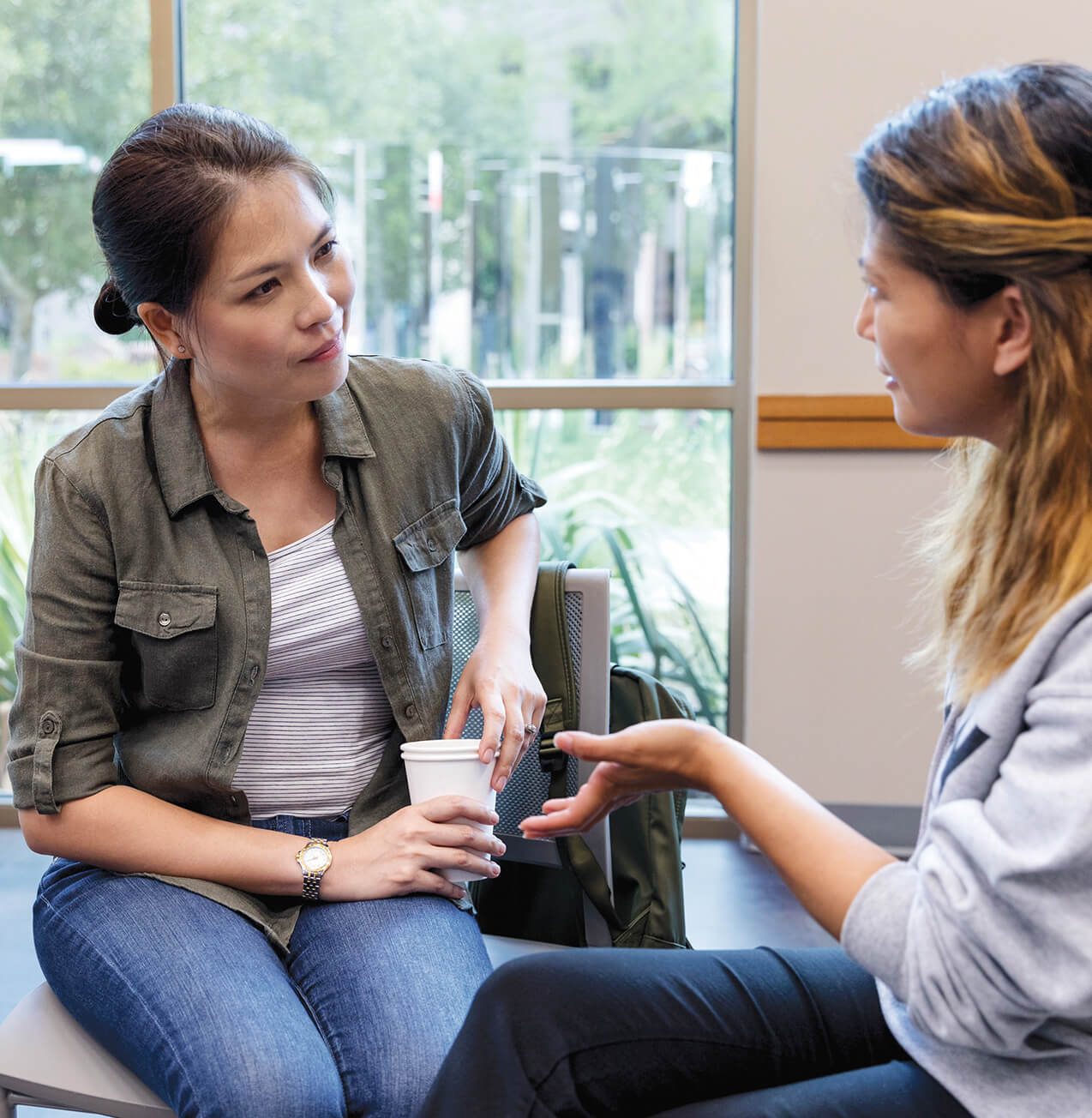
Kò Ou, Lespri Ou
Sante Emosyonèl
Gendelè dèy la ka akable w, men se nòmal. Ou pa poukont ou si ou santi w konsa. Fè dèy se yon pwosesis; santiman ou ap chanje avèk tan k ap pase. Si santiman sa yo vin twòp pou ou, pale ak doktè w la.
Yon gwoup sipò gendwa ede w nan pwosesis gerizon an. Lè w pale ak lòt moun ki te pèdi yon tibebe, sa ap ede w travèse moman difisil sa a.
Nitrisyon
- Manje plizyè ti repa regilyèman.
- Manje ti goute ki bon pou lasante.
- Fè manje ki bon epi ki santi bon.
- Pran yon miltivitamin.
WIC bay manje ki fòtifyan kò w bezwen pou li remanbre.
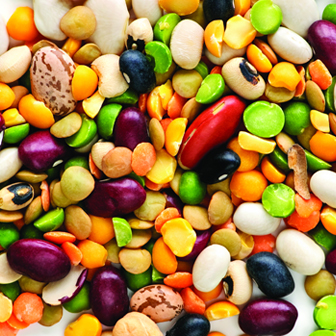
Pwoteyin
Gen pwoteyin nan ze, manba, ak pwa ki pou repare chè nan kò w.

Fè
Gen fè nan pwa, lantiy, ak sereyal pou kenbe san w an sante epi boure li ak oksijèn
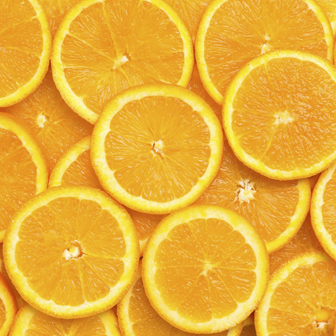
Vitamin
Vitamin ak mineral ki gen nan fwi ak legim yo ap ede w nan gerizon an.
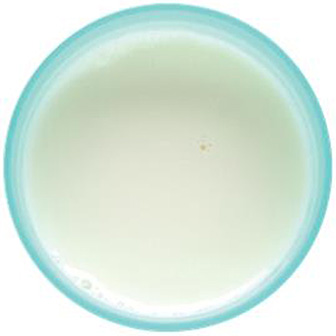
Kalsyòm
Gen kalsyòm nan lèt, fwomaj, ak yogout pou kenbe zo w ak dan w an sante epi djanm.
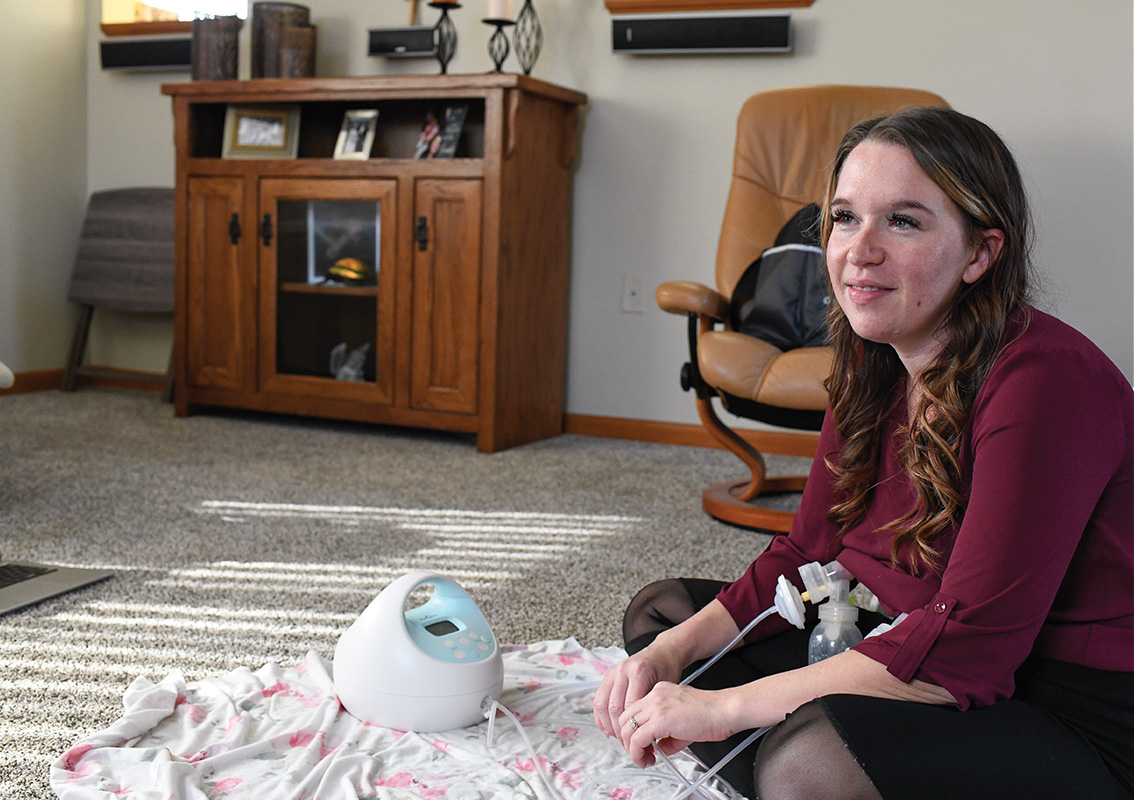
Laktasyon
Resous
Pwofesyonèl swen sante w la
Al wè doktè ou pou w asire ou kò w an sante. Li ka an mezi pou l di w nan ki gwoup sipò ou kapab antre atravè klinik oswa lopital ou a.
WIC
Ou gendwa an mezi pou rete nan pwogram Special Supplemental Nutrition Program for Women, Infants and Children (WIC, Pwogram Nitrisyon Siplemantè Espesyal pou Fanm, Tibebe ak Timoun) la antanke yon ti nouris ki pèdi yon tibebe pou ka resevwa sipò, konsèy sou nitrisyon, ak manje pou kenbe kò w anfòm.
Gwoup sipò
Yo gendwa ede w nan pwosesis gerizon an. Mande pèsonèl WIC la kote pou w jwenn resous lokal yo.